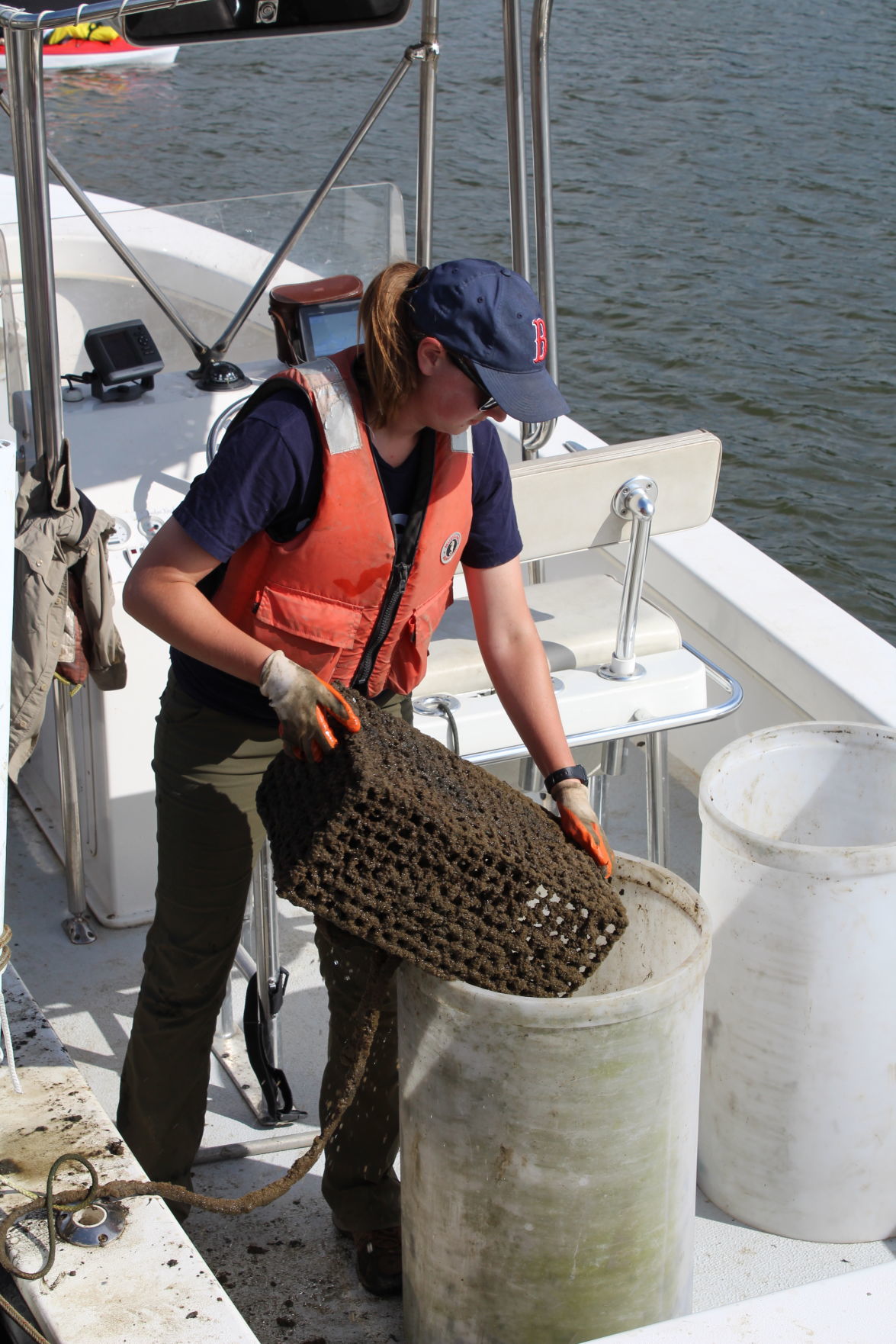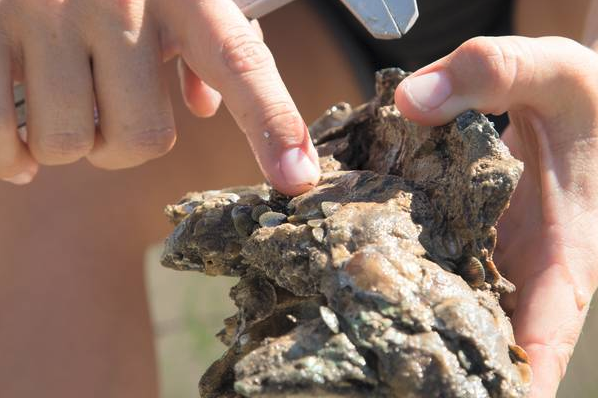

Pacific oysters grow extremely well in Alaska where the cold water supplies abundant, high-quality plankton. Pacific oyster growth depends on water temperature and salinity. Pacific oysters take 18 to 30 months to develop to the market size of 70 to 100 grams (2.5 to 3.5 ounces shell on) live weight. They are the only non-indigenous species allowed to be imported to Alaska for cultivation. They are the most cultivated species of oyster, originally introduced from Asia to 66 countries. Pacific oysters, also called the Japanese oyster, Miyagi oyster, or Pacific cupped oyster, are sustainably farmed in Alaska and the Pacific Northwest. They are low in saturated fat, and excellent sources of omega-3 fatty acids, iron, zinc, and vitamin B12.

Oysters provide environmental benefits by removing excess nutrients and improving water quality. Want a meal that’s good for you and good for the planet? Pacific oysters farmed in the United States are a smart seafood choice because they are sustainably grown and harvested under state and federal regulations. See more of our information about the biology and restoration of oysters.Alaska’s aquatic farming industry is relatively new-it only became legal in the state in 1988. Read about oyster gardening and the people who do it in “Homegrown Oysters, Homegrown Activists,” an article in Chesapeake Quarterly, Maryland Sea Grant’s magazine. Placing an oyster garden in the right location.Maryland Sea Grant’s oyster gardening guide includes guidance and information about: The goal is to establish self-sustaining, functioning oyster reefs.Īnother goal is to re-establish an economically viable, sustainable oyster fishing industry, which, like the oyster population itself, has declined severely. Volunteers donate the oysters to programs like the Chesapeake Bay Foundation and Marylanders Grow Oysters. These groups place the oysters in areas of the Bay designated as oyster sanctuaries. After that point, the oysters are mature enough to be set out on the Bay’s bottom or on artificial reefs to continue growing to adulthood. Volunteer oyster gardeners obtain the seed and raise it for a year on their docks.

Much of the oyster seed (“spat on shell”) for oyster-gardening programs in the Bay comes from the Horn Point Oyster Hatchery, whose program director, Don Meritt, is a Maryland Sea Grant Extension specialist. We and our partners developed a guide, Oyster Gardening for Restoration & Education. It offers beginners basic information on setting up and maintaining an oyster garden in the best manner given the environmental conditions for your location. Maryland Sea Grant Extension has supported oyster gardening in several ways. Here's how one organization trains and equips new gardeners: Increasing the number of oysters helps to restore the Bay’s ecosystem to one that is closer to its historic, natural state: healthy, functioning, and diverse. Oysters can help to filter the Bay’s water and, if they grow on a reef, provide important habitat for other fish species. You’ll be doing your part for oyster restoration and learning how oysters contribute to the improvement and health of the Bay’s entire ecosystem. These oysters are later returned to the Bay to help replenish the once-teeming population, which has been decimated by disease, poor water quality, and overfishing. The idea is to raise Eastern oysters - the Bay’s native oyster species - in cages or floats attached to docks. Many residents around the Bay have discovered the fun and satisfaction of cultivating their own oyster gardens.


 0 kommentar(er)
0 kommentar(er)
